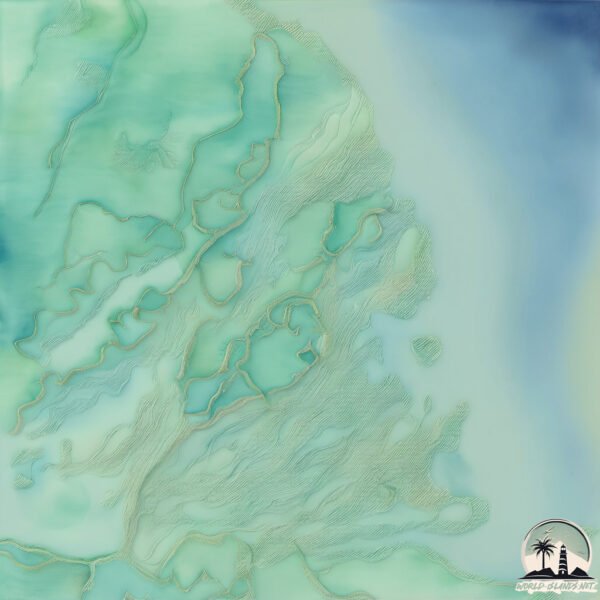Welcome to Orinoco Delta , a Tropical island in the North Atlantic Ocean, part of the majestic Atlantic Ocean. This guide offers a comprehensive overview of what makes Orinoco Delta unique – from its geography and climate to its population, infrastructure, and beyond. Dive into the details:
Geography and size of Orinoco Delta
Size: 4.527 km²Coastline: 51.1 kmOcean: Atlantic OceanSea: North Atlantic OceanContinent: South America
Orinoco Delta is a Small Island spanning 4.5 km² with a coastline of 51.1 km.
Archipel: –
Tectonic Plate: Panama – A small plate in Central America, primarily under Panama and Costa Rica, known for its seismic and volcanic activity due to interactions with the Cocos and Caribbean Plates.
The geographic heart of the island is pinpointed at these coordinates:
Climate and weather of Orinoco Delta
Climate Zone: TropicalClimate Details: Tropical Rainforest ClimateTemperature: Hot
Climate Characteristics: This climate is typified by heavy rainfall throughout the year, high humidity, and consistently high temperatures, leading to lush rainforests and rich biodiversity. Seasonal temperature variations are minimal.
Topography and nature of Orinoco Delta
Timezone: UTC-04:30Timezone places: America/CaracasMax. Elevation: 28 m Mean Elevation: 16 mVegetation: Evergreen Broadleaf ForestTree Coverage: 84%
The mean elevation is 16 m. The highest elevation on the island reaches approximately 28 meters above sea level. The island is characterized by Plains: Flat, low-lying lands characterized by a maximum elevation of up to 200 meters. On islands, plains are typically coastal lowlands or central flat areas.
Dominating Vegetation: Evergreen Broadleaf Forest
Vegetation: 11 vegetation zones – Exceptionally Diverse Island
Infrastructure and Travelling to Orinoco Delta
Does the island have a public airport? no .
Does the island have a major port? no .
The mean population of Orinoco Delta is 12 per km². Orinoco Delta is Gently Populated. The island belongs to Venezuela .
Continuing your journey, Isla Cangrejo is the next notable island, situated merely km away.
Discover Eastern Venezuela with Osprey Expeditions- Mochima/ Guacharo Cave/ Orinoco Delta
Join one of our most interesting combination tours featuring Mochima National Park, Guacharo Cave and Orinoco Delta in 5 days.
Discover Eastern Venezuela with Osprey Expeditions- Mochima/ Guacharo Cave/ Orinoco Delta
Join one of our most interesting combination tours featuring Mochima ...
Join one of our most interesting combination tours featuring Mochima National Park, Guacharo Cave and Orinoco Delta in 5 days.
The Orinoco Delta Adventure 5/6
The Orinoco Delta is the third largest delta in the world behind the ...
The Orinoco Delta is the third largest delta in the world behind the Amazon. Five intrepid explorers take the decision to kayak the ...
Venezuela round trip 2008 (SD): Orinoco Delta, Canaima, Angel Falls, Margarita Island, Los Roques
Our Venezuela round trip from 20.08. to 10.09.2008. We visited ...
Our Venezuela round trip from 20.08. to 10.09.2008. We visited beautiful places like Margarita Island, Orinoco Delta, Rancho San ...
Venezuela is classified as Emerging region: G20: Group of Twenty – Major economies comprising both developed and emerging countries, representing the world’s largest economies. The level of income is Upper middle income.
News – Latest Updates and Headlines from Orinoco Delta
Stay informed with the most recent news and important headlines from Orinoco Delta. Here’s a roundup of the latest developments.
Loading...
Please note: The data used here has been primarily extracted from satellite readings. Deviations from exact values may occur, particularly regarding the height of elevations and population density. Land area and coastline measurements refer to average values at mean high tide.

